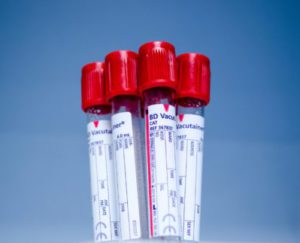Health and Life Sciences
The Health and Life Sciences sector may comprise both goods (e.g. medical products) and services (e.g. research and development).
The high cost of R&D in the health and life sciences industry tends to drive a global approach and means that many products are developed for a global market rather than a domestic one, meaning exports are crucially important to this sector. This approach is currently supported by the EU whose licensing regime allows companies to obtain an EU licence for a product, rather than necessitating individual applications in each EU state.
Currently the European Medicines Agency (EMA) is based in London, UK. The UK Medicines and Healthcare Products Regulatory Agency (MHRA) has contributed strongly to developing regulatory standards within the health and life science sector via the EMA. However, the EU has decided to relocate the EMA to Amsterdam following Brexit.
Another concern about Brexit’s effect on the life and health science sector is to do with free movement of international research and academic talent.
There are currently very few tariffs on medical product trade between the UK and EU. Due to a fairly inelastic demand for medical products, and the limited availability of locally manufactured alternatives, the introduction of import tariffs by the EU would be unlikely to affect trade, but could increase healthcare costs. If export tariffs are introduced, these may reduce the competitiveness of UK medical products.
The UK Life Science sector generated £30bn of exports and a trade surplus of £3bn in 2015 and provides many high-quality jobs, 2/3 of which are outside London and the South East of England.
